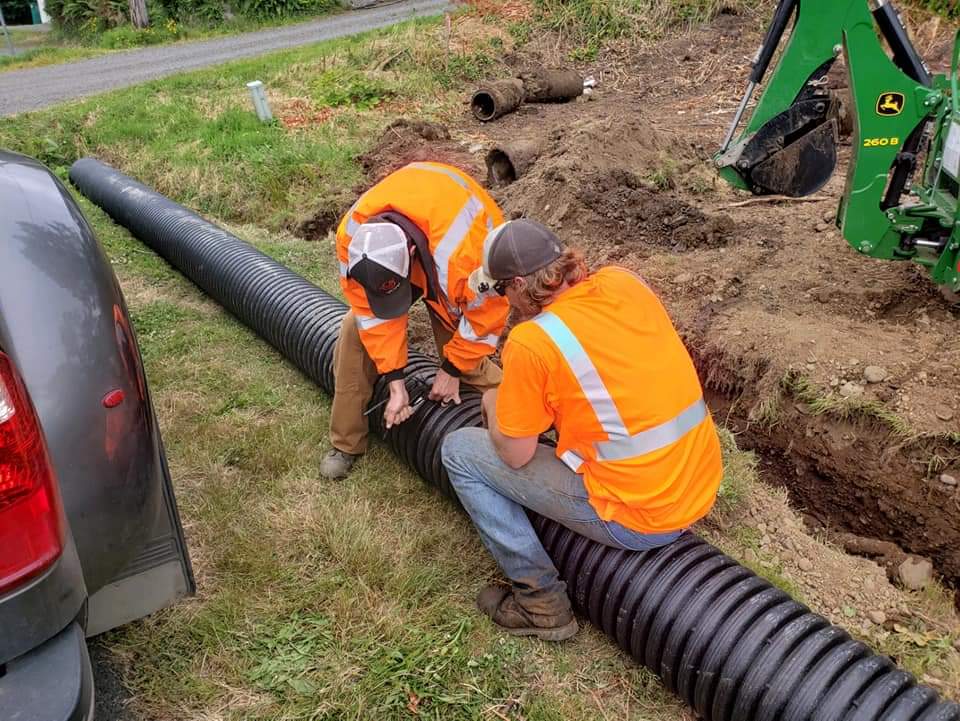Installing proper drainage around your home is critical for protecting your property from water damage. Without proper drainage, water can seep into your foundation, causing cracks and structural damage, and potentially leading to mold growth and other health hazards. Fortunately, with the right techniques and materials, you can install effective drainage to keep your home safe and dry.
Here are some steps to follow when installing drainage around your home:
- Assess your property: Start by assessing your property to determine where water tends to accumulate. Look for areas where water pools or flows towards your home, such as low spots, slopes, and areas near downspouts. This will help you identify where drainage is needed.
- Choose your drainage system: There are several types of drainage systems to choose from, including French drains, surface drains, and gutter systems. Each type is designed for specific situations, so it’s important to select the one that’s right for your property.
- Prepare the area: Before installing the drainage system, clear the area of any debris or vegetation. This will ensure that the system is not obstructed and can function properly.
- Install the drainage system: The installation process will depend on the type of drainage system you have chosen. French drains involve digging a trench, laying down a perforated pipe, covering it with gravel, and then adding a layer of soil on top. Surface drains are typically installed on the surface of the ground and catch water as it flows over the surface. Gutter systems are installed on the roof of your home and channel water away from the foundation.
- Maintain the drainage system: Once the drainage system is installed, it’s important to maintain it regularly. This includes cleaning gutters, removing debris from surface drains, and checking French drains for clogs or damage.
In addition to these steps, there are a few other things to keep in mind when installing drainage around your home:
- Slope: Your drainage system should be installed on a slight slope to ensure that water flows away from your home.
- Permits: Depending on where you live, you may need a permit to install a drainage system. Check with your local government to see if a permit is required.
- Professional help: If you’re not confident in your ability to install drainage on your own, consider hiring a professional to do the job.
In conclusion, installing proper drainage around your home is essential for protecting your property from water damage. By following these steps and keeping these tips in mind, you can ensure that your drainage system is effective and reliable.
